Luckily, Denver is a really nice city with a European-style pedestrian shopping area and many excellent restaurants in the city center, otherwise it would become boring coming here so often. It felt like I had been here just a while ago, but it was actually March. I came here (yet again) for the Technical Program Paper Selection meeting on June 5 and 6 as well as our next SC planning meeting on June 6 and 7. In addition, there was a meeting of the SC Steering Committee on June 9.
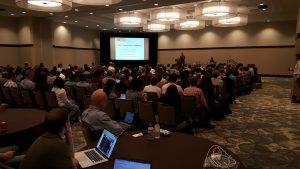
SC17 Tech Paper committee meeting — Picture by Bernd Mohr
The first one and half days the SC17 Tech Paper committee met face-to-face to discuss and select the final paper submissions for the conference in November. Almost the complete committee attended — over 200 people! SC is one of a few parallel computing conferences where this meeting is face-to-face; normally the paper selection is done in a smaller group or on-line only. This is remarkable, given the size of the committee (which is larger than the number of actual attendees for quite a few smaller HPC conferences or workshops I know) and that at least 35% of the reviewers are non-US, which means, they have to travel transatlantic or transpacific just to attend this short meeting (on their own or their home institution’s money!). A big thank you to them for their hard and dedicated work!
SC considers it essential that this meeting is done face-to-face to ensure that every paper is well discussed in a fair manner, to ensure a balance in fairness and quality across the different topic areas and to ensure a high quality of the accepted papers. Since last year, the review is done double-blind, i.e. not only the reviewers are kept anonymous to the authors but also the author names and organizations are hidden from the reviewers. This is to ensure that the reviews are fair to everyone and not only submissions of well-known authors or organizations are chosen.
SC17 continued efforts started at SC16 to promote reproducibility of scientific results in the SC Technical Papers program. SC16 introduced an Artifact Description appendix, an optional appendix for paper submissions. SC17 continued with this optional appendix and introduced a second, complementary, and also optional, Computational Results Analysis appendix for papers. As the Reproducibility Initiative FAQ explains “The Artifacts Description appendix is simply a description of the computing environment used to produce the results in a paper. By itself, this appendix does not directly improve scientific reproducibility. However, if this artifact is done well, it can be used by scientists (including the authors at a later date) to more easily replicate and build upon the results in the paper. Therefore, the Artifacts Description appendix can reduce barriers and costs of replicating published results. It is an important first step toward full scientific reproducibility.”
While the paper committee was meeting, a small group and me used the time to visit a few catering companies which want to provide the food and drinks for our two big evening events in November namely the Sunday night Exhibitor event and the Thursday night Tech program event. Both are attended by over 2,000 people so you better make sure you have enough space and enough food and drinks 😉 Of course the visits included a food tasting at the various caterers. This sounds like fun but as I can tell you now from my own experience, it is actually quite stressful! At each caterer, they prepared about 20 different samples and of course they are all delicious and you want to eat them all, but you have to restrain yourself and only take small bites, otherwise you would not be able to walk out by yourself at the end of the day 😉
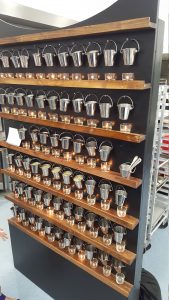
Chili Bucket Wall Segment — Picture by Bernd Mohr

Chili Buckets — Picture by Bernd Mohr
We also learned about new trends in the food industry — especially about innovations to help feed our larger group of attendees more quickly: one such innovation is the food bucket wall (see above). Multiple segments each with 80 or more little buckets (the size of a large coffee mug) forming a long (15 to 20 m) wall containing for example a variety of Chili (beef, buffalo, or vegetarian). People entering the event quickly can grab a bucket and the buckets are large enough to satisfy hunger. Waiters behind the wall can quickly repopulate the wall with new buckets.
After the Tech paper meeting, the SC planning committee met for another one and half days. We discussed the status and next steps for each of the different areas (Communication, Exhibits, Finance, Infrastructure, Inclusivity, Local Arrangements, SCinet, Students@SC, and Tech program) especially items which needed interactions between the different subcommittees. A lot can be prepared over emails and phone calls, but nothing beats sitting in a group around a table and getting things done 😉 !

SC17 committee at work — Picture by Christine Harvey
Overall, the organization of the conference is running smoothly, no major issues. Must be because the conference is led by a well-organized German for the first time 😉 — just kidding, it is of course because of all the work of my amazing committee!!
An interesting item we decided in this meeting was the design for the stage we will use for the opening of the conference, the award sessions and the invited speaker talks in the main ballroom. The stage (and its main presentation screen) will be 50m(!) wide, that is all I can reveal at this point. It will be breath-taking but you will have to come to the conference in November to see yourself!
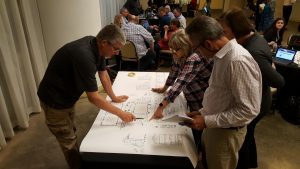

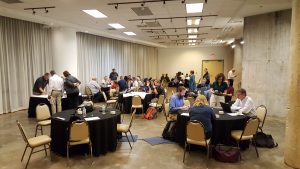





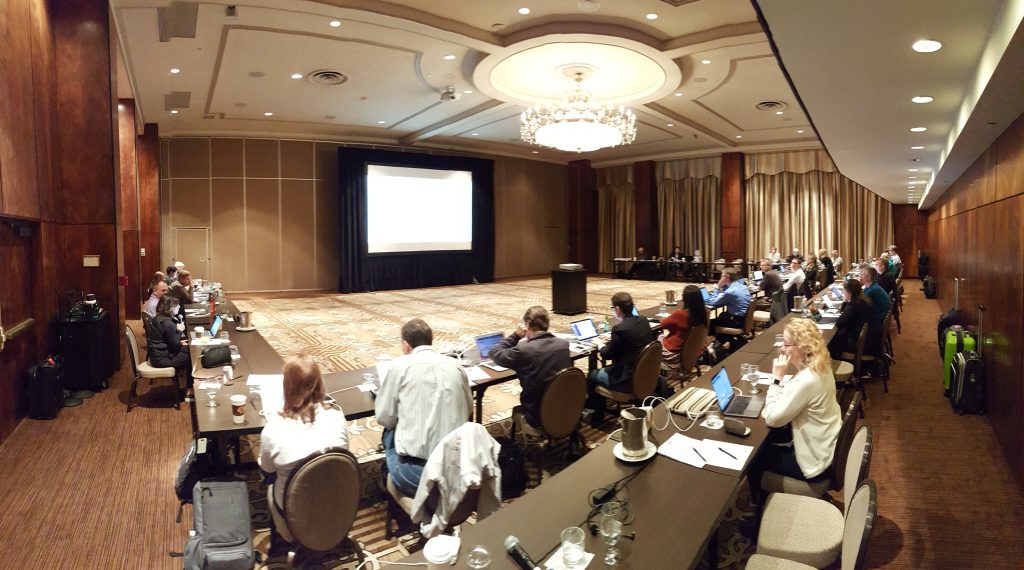

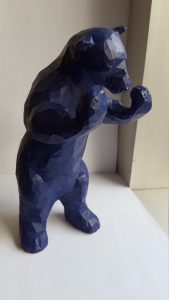
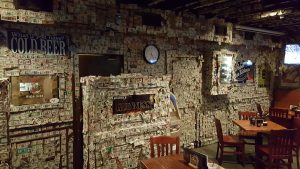

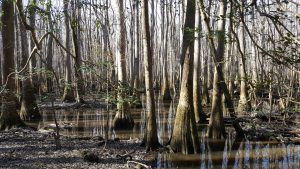

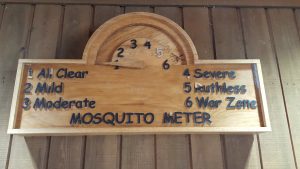
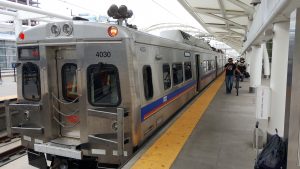
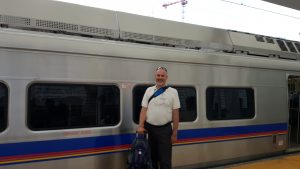
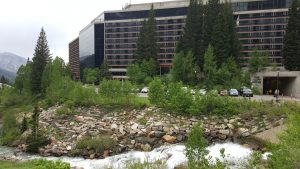
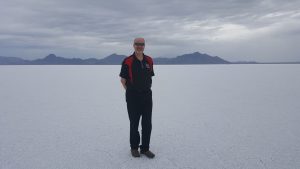
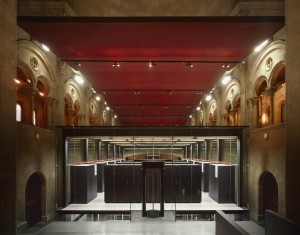
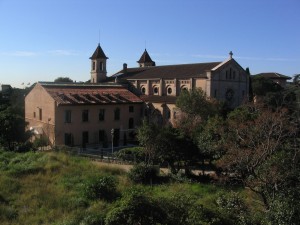
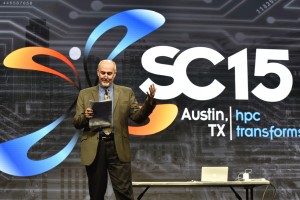

![[Bernd Mohr]](https://blogs.fz-juelich.de/berndmohr/wp-content/uploads/sites/5/2015/12/mohr_jugene-200x300.jpg)
Recent Comments